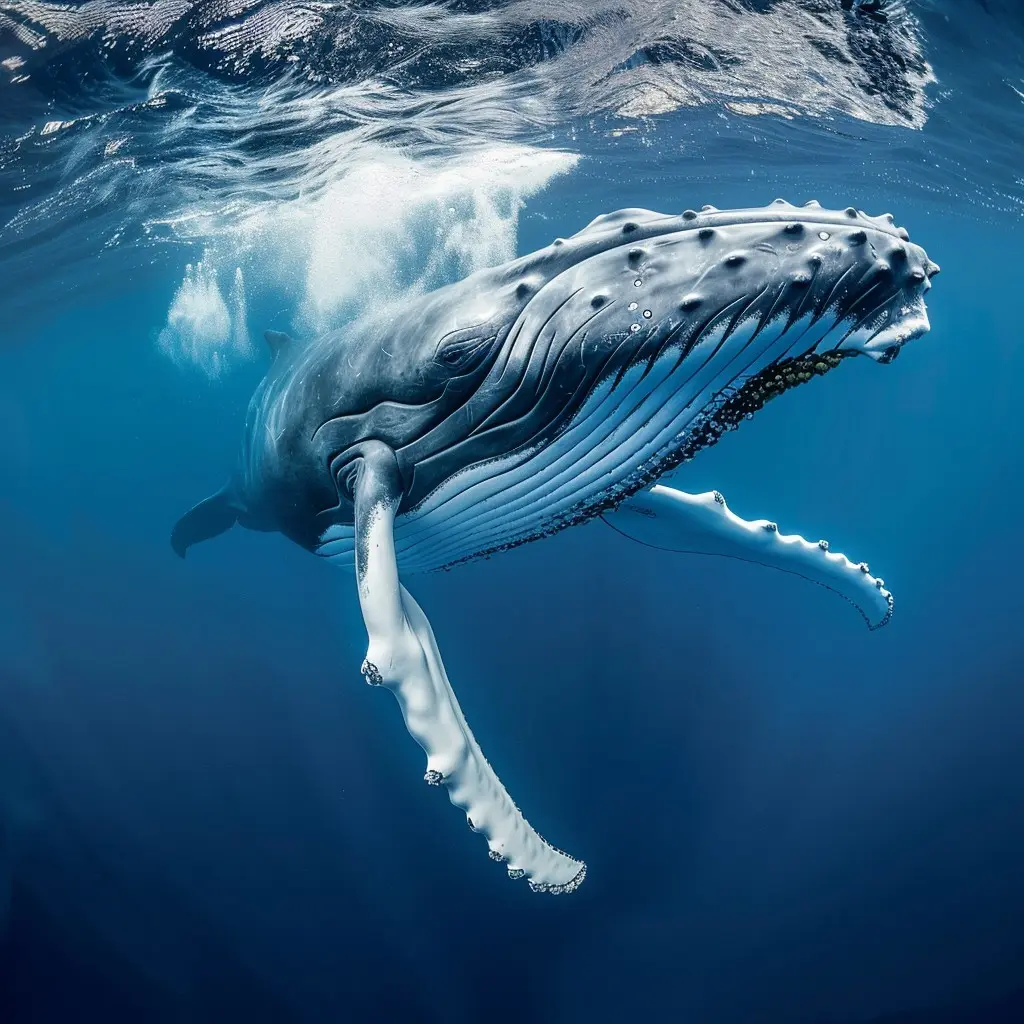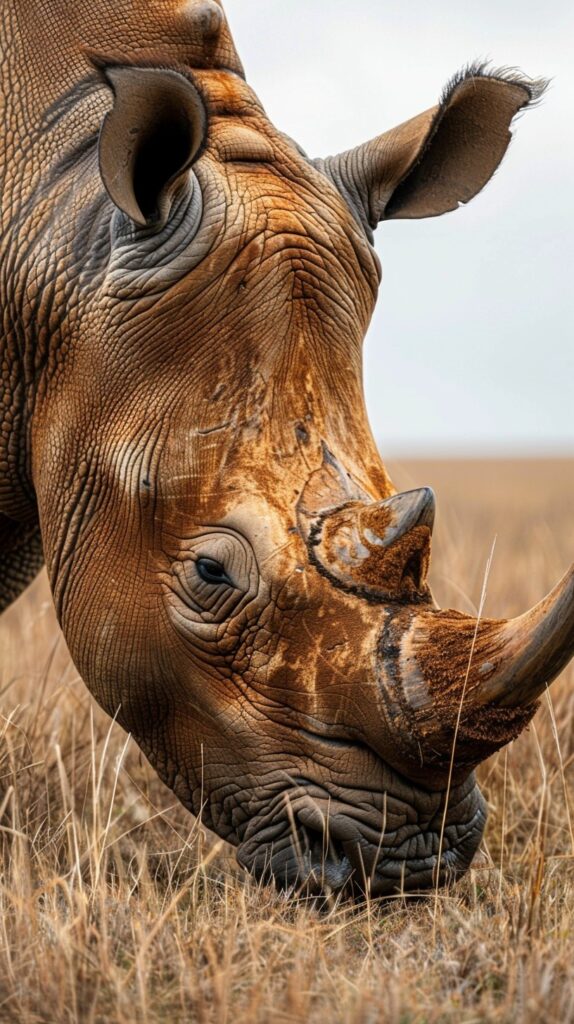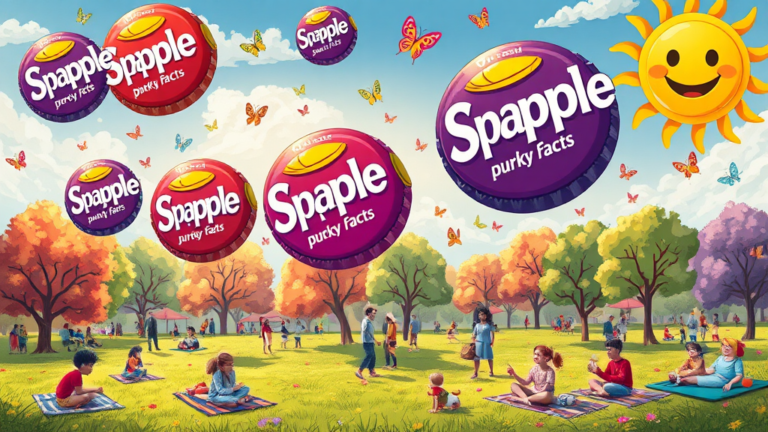See also our curated trivia Questions with answers generator



Did you know that some of the most astonishing facts about our world can leave you speechless?
From the bizarre behavior of animals to the surprising origins of everyday foods, these fun facts are sure to entertain and educate you. Get ready to discover intriguing tidbits that will make you the star of your next trivia night!
Fun Facts About Animals
- Did you know that bats are the only flying mammals?
- Answer: Yes, bats are unique among mammals for their ability to fly.
- Details: This fact highlights the diversity of the animal kingdom and can spark discussions about other unique animal adaptations.
- A chicken once lived for 18 months without its head.
- Answer: True, this chicken was named Mike the Headless Chicken.
- Details: Mike became a popular attraction and was fed through a dropper, showcasing the resilience of life.
- Elephants are the only animals that can’t jump.
- Answer: True, due to their weight and leg structure.
- Details: This fact highlights the unique physical characteristics of elephants.
- Octopuses have three hearts.
- Answer: Yes, two pump blood to the gills, and one pumps it to the rest of the body.
- Details: This unique circulatory system helps them survive in their underwater environment.
- Cows have best friends.
- Answer: Yes, cows form close bonds with other cows.
- Details: Studies show that cows become stressed when they are separated from their friends.
- A group of flamingos is called a “flamboyance.”
- Answer: Yes, this colorful term reflects their vibrant appearance.
- Details: This fact can lead to discussions about animal group names and their meanings.
- Tigers have striped skin, not just striped fur.
- Answer: Yes, the pattern is unique to each tiger, similar to human fingerprints.
- Details: This fact highlights the uniqueness of each animal.
- Honeybees can recognize human faces.
- Answer: True, they use a process similar to humans to remember faces.
- Details: This fact showcases the intelligence of bees and their social behavior.
- Dolphins have names for each other.
- Answer: Yes, they use unique whistles to identify one another.
- Details: This fact emphasizes the complex communication skills of dolphins.
- Sloths can hold their breath longer than dolphins.
- Answer: True, sloths can hold their breath for up to 40 minutes underwater.
- Details: This fact highlights the unique adaptations of sloths to their environment.
Fun Facts About Food
- Ketchup was once sold as medicine.
- Answer: Yes, in the 1830s, ketchup was marketed as a cure for indigestion.
- Details: This fact illustrates how food and medicine have evolved over time.
- You can buy a square watermelon in Japan!
- Answer: Yes, square watermelons are grown to fit better in refrigerators.
- Details: This unique agricultural practice reflects innovation in food production.
- Honey never spoils.
- Answer: True, archaeologists have found pots of honey in ancient Egyptian tombs that are over 3,000 years old and still edible.
- Details: Honey’s low moisture content and acidic pH make it inhospitable to bacteria and mold.
- Pineapples take two to three years to grow.
- Answer: Yes, they require a long time to mature.
- Details: This fact can lead to discussions about the agricultural process and the patience required in farming.
- Carrots were originally purple.
- Answer: True, the orange carrot we know today was cultivated in the 17th century.
- Details: This fact highlights the history of crop cultivation and genetic diversity in plants.
- The world’s most expensive pizza costs $12,000.
- Answer: Yes, it is topped with three types of caviar, lobster, and edible gold.
- Details: This fact showcases the extremes of culinary luxury.
- Chocolate was once used as currency.
- Answer: Yes, the ancient Aztecs valued cacao beans highly.
- Details: This fact illustrates the historical significance of chocolate.
- Potatoes were the first food grown in space.
- Answer: True, they were grown aboard the Space Shuttle Columbia in 1995.
- Details: This fact highlights the advancements in agricultural science.
- The average person will eat about 35,000 cookies in their lifetime.
- Answer: Yes, that’s a lot of cookies!
- Details: This fact can lead to discussions about dietary habits and preferences.
- In Japan, there are more than 48 different kinds of Kit Kat bars.
- Answer: True, they come in flavors like green tea, wasabi, and sake.
- Details: This fact showcases the creativity in food marketing.
Fun Facts About Science
- The longest English word is 189,819 letters long.
- Answer: Yes, it is the chemical name for titin, a protein.
- Details: This fact can lead to discussions about language and the complexity of scientific terminology.
- One teaspoon of a neutron star would weigh six billion tons.
- Answer: True, neutron stars are incredibly dense.
- Details: This fact emphasizes the fascinating properties of celestial bodies.
- The moon is very hot during the day but extremely cold at night.
- Answer: Yes, temperatures can reach up to 224°F during the day and drop to -243°F at night.
- Details: This fact about the moon’s temperature variations highlights the extremes of space.
- Water can boil and freeze at the same time.
- Answer: Yes, this phenomenon is called the triple point.
- Details: At a specific temperature and pressure, water can exist in all three states: solid, liquid, and gas.
- The human body contains enough fat to make seven bars of soap.
- Answer: True, the average adult has about 15-20% body fat.
- Details: This fact highlights the composition of the human body.
- Bananas are berries, but strawberries aren’t.
- Answer: True, botanically speaking, bananas qualify as berries.
- Details: This fact can lead to discussions about plant classification.
- A day on Venus is longer than a year on Venus.
- Answer: Yes, it takes about 243 Earth days to rotate once on its axis but only 225 Earth days to orbit the Sun.
- Details: This fact emphasizes the unique rotational dynamics of planets.
- The Eiffel Tower can be 15 cm taller during the summer.
- Answer: Yes, heat causes the metal to expand.
- Details: This fact illustrates the effects of temperature on materials.
- Humans share 60% of their DNA with bananas.
- Answer: True, this fact highlights the genetic similarities across species.
- Details: This fact can lead to discussions about evolution and genetics.
- The average cloud weighs about 1.1 million pounds.
- Answer: Yes, this is due to the water droplets and ice crystals they contain.
- Details: This fact showcases the incredible weight of clouds despite their fluffy appearance.
Fun Facts About Weather
- The fastest recorded raindrop was 18 mph!
- Answer: Yes, raindrops can fall at impressive speeds.
- Details: This fact can lead to discussions about weather phenomena and physics.
- A single bolt of lightning contains enough energy to toast 100,000 slices of bread.
- Answer: Yes, a bolt of lightning can carry up to one billion volts of electricity.
- Details: This fact emphasizes the power of natural phenomena.
- The highest temperature ever recorded on Earth was 134°F in Death Valley, California.
- Answer: True, this record was set on July 10, 1913.
- Details: This fact highlights extreme weather conditions and climate variations.
- Hurricanes can produce winds of over 200 mph.
- Answer: Yes, hurricanes are among the most powerful storms on Earth.
- Details: This fact can lead to discussions about storm preparedness and safety.
- The coldest temperature ever recorded on Earth was -128.6°F in Antarctica.
- Answer: True, this record was set on July 21, 1983.
- Details: This fact illustrates the extreme conditions found in polar regions.
- The largest snowflake ever recorded was 15 inches wide.
- Answer: True, this snowflake was reported in Fort Keogh, Montana, in 1887.
- Details: This fact showcases the unusual weather phenomena that can occur.
- Tornadoes can produce winds of over 300 mph.
- Answer: Yes, they are among the most violent storms on Earth.
- Details: This fact emphasizes the destructive power of tornadoes.
- The Earth’s atmosphere is made up of 78% nitrogen.
- Answer: True, nitrogen is the most abundant gas in the atmosphere.
- Details: This fact can lead to discussions about the composition of the atmosphere and its importance.
- Rainbows are actually full circles.
- Answer: True, we typically only see a semicircle due to the horizon blocking the rest.
- Details: This fact highlights the science behind optical phenomena.
Fun Facts About History
- Cleopatra lived closer in time to the Moon landing than to the construction of the Great Pyramid.
- Answer: True, Cleopatra lived around 30 BC, while the Great Pyramid was completed around 2560 BC.
- Details: This fact provides perspective on historical timelines.
- Oxford University is older than the Aztec Empire.
- Answer: Yes, teaching at Oxford began in 1096, while the Aztec Empire was founded in 1428.
- Details: This fact highlights the long history of education.
- The shortest war in history lasted only 38 minutes.
- Answer: True, the Anglo-Zanzibar War occurred on August 27, 1896.
- Details: This fact can lead to discussions about unusual historical events.
- The Great Wall of China is not a single wall but a series of walls and fortifications.
- Answer: True, it spans over 13,000 miles in total.
- Details: This fact emphasizes the complexity and scale of this historical structure.
- Woolly mammoths were still alive when the Great Pyramid was being built.
- Answer: True, some woolly mammoths survived until around 1650 BC.
- Details: This fact provides insight into prehistoric life and human history.
- The first person to reach the South Pole was Roald Amundsen in 1911.
- Answer: True, he led a successful expedition to the South Pole.
- Details: This fact highlights the age of exploration and human achievement.
- The Great Wall of China is not visible from space with the naked eye.
- Answer: True, this is a common myth.
- Details: This fact can lead to discussions about misconceptions and the visibility of man-made structures from space.
- The first recorded use of a toilet was in ancient Mesopotamia.
- Answer: True, toilets date back to 3,000 BC.
- Details: This fact illustrates the advancements in sanitation throughout history.
- In ancient Rome, it was common for people to eat lying down.
- Answer: True, they would recline on couches during meals.
- Details: This fact can lead to discussions about cultural practices and dining customs.
- The first email was sent in 1971.
- Answer: True, it was sent by Ray Tomlinson to himself.
- Details: This fact highlights the beginnings of digital communication.
- The longest war in history lasted 335 years.
- Answer: True, the conflict between the Netherlands and the Isles of Scilly ended in 1986.
- Details: This fact showcases the unusual nature of historical conflicts.
Reference
- https://www.coolkidfacts.com
- https://mommypoppins.com/kids/fun-facts-for-kids-random-fun-facts
- https://www.factmonster.com
- https://www.sciencefacts.com
- https://www.nationalgeographic.com
- https://www.teachervision.com
- https://kids.nationalgeographic.com
- https://www.history.com
- https://www.britannica.com
- https://www.mentalfloss.com
- https://tinybeans.com/quirky-facts-and-trivia-for-kids/
- https://kids.niehs.nih.gov/games/riddles/jokes/fun-facts-and-trivia
- https://www.findmyprogramme.com/fun-educational-facts
- https://www.educationworld.com/a_lesson/lesson/lesson203.shtml
- Fact Monster – A Trusted Reference Site for Kids





